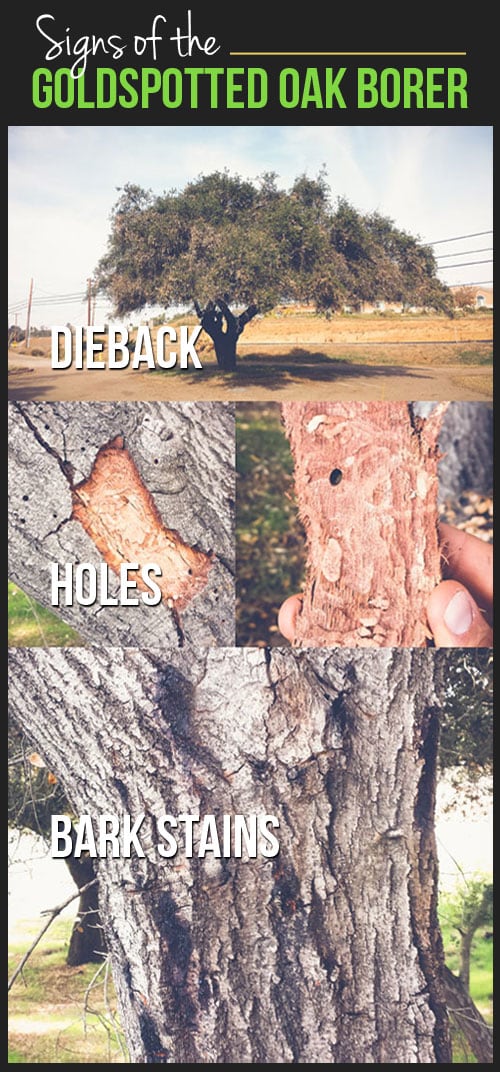Signs It's Time For Tree Elimination: How To Identify Harmful Trees
Signs It's Time For Tree Elimination: How To Identify Harmful Trees
Blog Article
Content Writer-Lillelund Emerson
When it pertains to tree care, acknowledging the indications that it's time for removal is essential for your safety and property. You could discover blemished fallen leaves, wilting branches, or strange fungal developments showing health problems. Structural issues, like a substantial lean or fractures in the trunk, can additionally position risks. Recognizing these indication can assist you make notified choices about your trees and prevent prospective risks prowling in your backyard. What should you seek next?
Indicators of Decay and Condition
When you notice indications of decay and disease in your trees, it's vital to act rapidly. Look for tarnished fallen leaves, wilting branches, or unusual growths like fungi. These can show that your tree is struggling.
If you see fractures in the bark or soft, mushy wood, these signs and symptoms suggest interior degeneration. Furthermore, an abrupt rise in parasites around your tree can signal that it's weakened and prone.
Look for any dead or passing away arm or legs, as they pose a threat to your home and safety and security. If you're uncertain about what you see, speaking with an arborist can give quality.
Resolving these indications early can save you from much more comprehensive damage and ensure the health of your backyard. Don't wait till it's far too late.
Structural Instability and Leaning
As you observe your trees, keep an eye out for any kind of indicators of architectural instability or leaning. If a tree leans substantially, it may indicate that the root system is jeopardized.
Try to find Discover More in the trunk or dirt around the base; these can signify prospective failure. Additionally, look for uncommon growth patterns, like an unbalanced crown, which might suggest that the tree is battling to hold itself upright.
If you observe that the tree favors your home, power lines, or various other structures, it postures a greater risk. Don't ignore these indicators-- consult an arborist to assess the situation.
Acting early can stop costly damage and ensure your safety.
Dead or Perishing Branches and Vegetation
If you see dead or dying branches and foliage on your tree, it's a clear indicator that something's wrong.
These unhealthy areas can indicate underlying issues like condition, bug infestations, or ecological stress and anxiety. When branches shed their leaves or turn brown, they're no more contributing to the tree's health. Neglecting these indications might lead to additional decline, making your tree extra harmful.
Dead branches can easily break short throughout tornados, posturing a threat to residential property and people close by. It's important to assess the level of the damages.
If the issue affects a substantial part of the tree, think about consulting a specialist. visit this website link can aid establish if elimination is necessary to guarantee security and keep the elegance of your landscape.
Conclusion
If you observe any type of indications of decay, structural instability, or dead branches on your trees, don't disregard them. These indications can present major safety and security risks to you and your building. It's constantly best to speak with a professional arborist that can offer an expert assessment of your trees. Taking action early can stop crashes and costly damages, ensuring your landscape continues to be safe and healthy. Bear in mind, it's much better to be positive concerning tree treatment than to wait on a catastrophe to take place.
